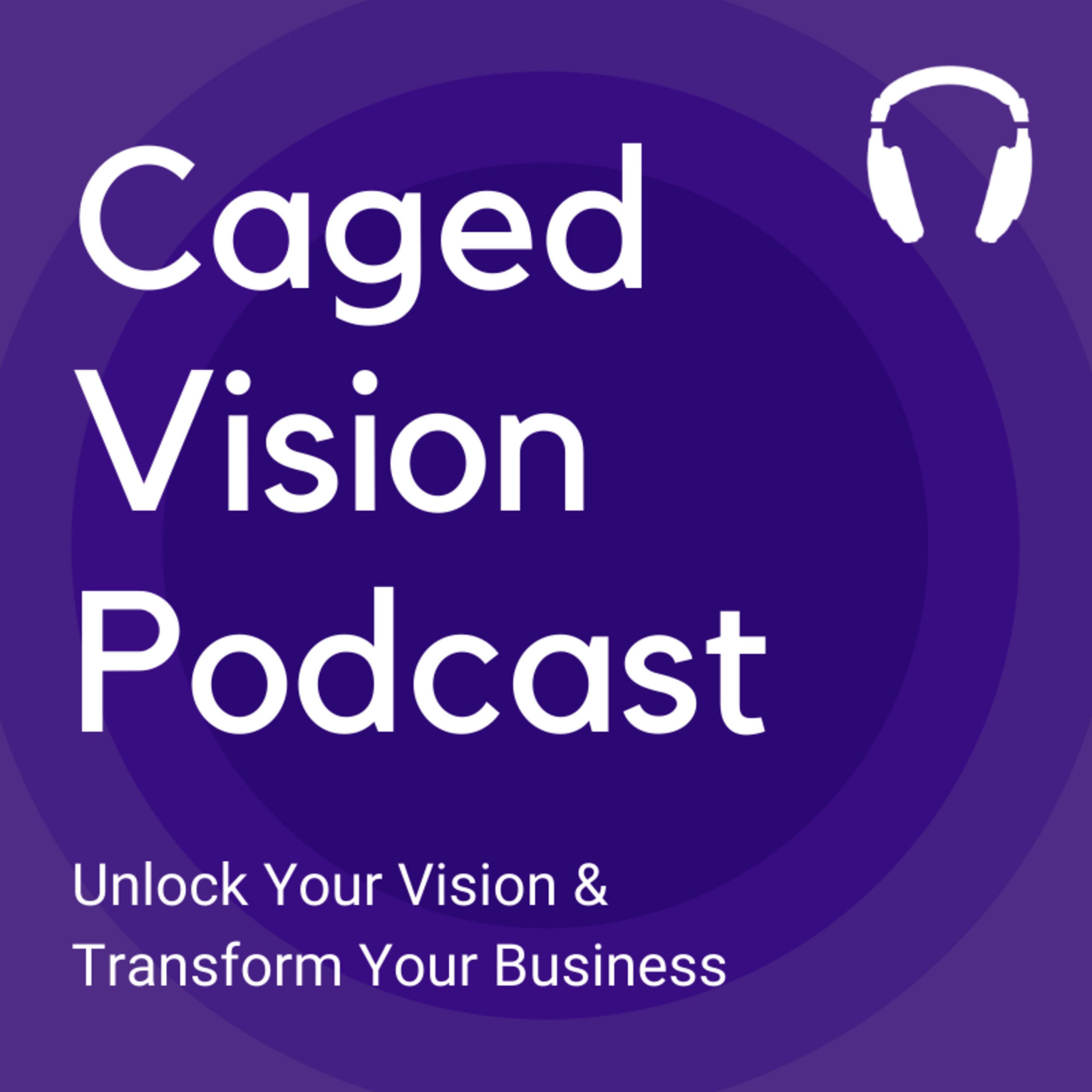Studies show strategy struggles to achieve desired results 60 – 95% of the time. For this reason, adopting an implementation framework to ensure organizational strategy achieves the desired results is critical.
Organizations that adopt a strategy implementation framework find employees are more actively engaged in implementing their strategy to create lasting transformation. Additionally, this framework should include intuitive dashboards to monitor the tactics that are working best and reprioritize accordingly.
First, let’s look at the importance of adopting a framework for strategy implementation.
1. The Strengths and Weaknesses of a Strategy Implementation Framework
The right implementation framework does more than help establish the validity of a strategy. When an organization adopts the proper strategy framework, it will:
- Achieve buy-in from the senior-most levels of leadership (40% of executive leaders recognize a misalignment with strategy execution)
- Better connect strategic issues with operational problems
- Appropriately resource strategic priorities
- Create a clear picture of where the organization wants to go
- Provide a clear and blunt vision defended by details that are systematically measured
- Deliver a stylistically simple approach to managing multiple workstreams of a complex strategy
- Provide structure to implementation while maintaining the flexibility to respond to changing circumstances
2. Optimize Strategy Implementation Efforts
While it might be tempting to leave it to staff to flesh out what senior leadership has already decided, setting up a strategy for total implementation success is essential. Research has shown that 95% of employees are unaware or don’t understand their organization’s strategy, and 85% of leaders monitor strategy less than one hour per month. Clearly, optimization of implementation efforts is needed.
By embracing a strategy implementation framework, organizations ensure the following characteristics are achieved:
- A simple system that logically breaks down the work of strategy (https://hr.ucdavis.edu/departments/oe/blog/avoiding-strategic-Implementation-failure)
- A framework that clearly identifies the overall strategic objective and measurable results
- A framework that drives alignment
- Establishment of ownership levels throughout the organization
- Strategic budgets are developed separately from operational budgets
- The success elements of strategy are defined and feed dashboard reporting to monitor success
Organizations find employees more willing to engage in a process that logically breaks down and aligns strategy implementation work. This alignment will provide all levels of the organization the same framework for success.
3. Contextualize the Work of Strategy
The best organizations seek to attract talent that aligns with their purpose. Surveys have concluded that 70 percent of employees feel their sense of purpose is largely defined by their work.
Unfortunately, this same survey concluded that 85% of executives, compared to only 15% of frontline employees, are living their true purpose at work. Otherwise said, 70% of frontline employees don’t know how to live out their true purpose at work. This statistic speaks to the strategy implementation void – employees don’t know how to engage in strategy.
A strategy implementation framework will contextualize strategy work and reignite an organization’s talent and purpose.
But what does contextualizing strategy mean?
Strategy documents can often incorporate verbiage that is unfamiliar to the majority of employees. Without strategic communication as an integral part of the strategy implementation framework, strategic documents will lose clarity and effect.
To make the most of strategic efforts, utilize a framework that maps the strategic priorities to the organization’s functional areas most impacted. This process will better engage employees’ value and expertise to the organization and their participation in overcoming the realistic challenges of a strategy.
Let’s talk about what contextualizing strategy does:
- Communicates strategy in a meaningful way to employees across various departments, units, and support areas
- Realigns and engages employee purpose
- Demonstrates the value of employees’ institutional knowledge
- Shares the vision of where the organization is going in a simple, digestible way
- Lets employees know they are needed to help achieve lasting results
4. Encouraging Employees to Engage With Strategic Transformation Efforts
People desire to engage with other people. While managing today’s success is necessary, the best opportunity for tomorrow’s success comes from an engaged team supporting strategic transformation efforts.
One effective way to engage an employee base is to have them participate in developing implementation roadmap(s). An implementation roadmap will drive engagement to the supporting tasks that will deliver strategy. While this may sound simple, most might jump to just creating a project plan, which would be missing the forest for the trees. Individual roadmaps must all tie together to serve the larger organizational strategy.
To get started, consider implementing the following.
Use a Cascading Framework Approach
Have you ever felt like dropping your strategy document was like kicking an ant pile? That’s because it often is. Without a cascading approach, teams often interpret what they think leadership meant and kickstart a “strategic project” without the necessary alignment, documentation of assumptions, consideration for operational challenges, budget, and observation of dependencies required to achieve success.
To avoid this misstep, map required results to executive stakeholders and then repeat this process until the level of work has been established where projects are being defined. Avoid turning this step into a project plan and detailing tasks too early in the process. Save that work for a project management tool of your team’s choice.
Utilize a Tool that Makes Communicating Around Strategy Easy
A strategy implementation framework should make communicating around strategy easier, not more challenging. Email is great, but nothing is better than a quick, fast, engaging message that provides instant context to the communication.
By creating stakeholder alignment and ownership, strategic communication around key decisions will be easier. Plus, it encourages teams to work across organizational lines and provides a network of support.
Give Employees Time to Work On Strategy
Nothing kills incentive more than asking a team to deliver strategic priorities without accounting for the time required to succeed. Empower employees who engage in implementing strategy by giving them the time and space to work on what is most important to your organization’s future.
Better Monitor Progress
I’ve yet to meet an executive leader who enjoys going through the nuances of a project plan. Some will tolerate such meetings for a short time, but most will assume they no longer need to be involved. Almost 50% of leaders never follow up on what has been described as a strategic priority.
While this seems unimaginable, the lack of a framework to keep executives out of the weeds will continue to keep this statistic a reality.
To better monitor the progress of your organizational strategy as implementation takes place, utilize a strategy implementation framework that has a dashboard as part of its design, not as a piecemeal afterthought.
As the leader of an organization, you most likely desire a dashboard that quickly summarizes the results that are key to the organization’s strategic objective. And, although you don’t want to be in the weeds, having a dashboard with drill-down capabilities is extremely helpful should a key stakeholder need to reference the specifics of their team’s plans.
With a dashboard designed with these elements in mind, strategy management is easier, and accountability increases.
5. Optimize Your Use of Strategy Implementation Support
Just like utilizing a strategy implementation framework to better engage employees with strategic priorities, these same employees will need implementation support. To get the right implementation support, context is king. The right strategy implementation framework will have built the necessary elements for the requirements of strategic support. Having your team better communicate targeted needs in the context of a larger plan will help leverage outside expertise in a more meaningful way.
Targeting a more specific subset of experts with hyper-focused requirements increases the likelihood of getting clear direction and better results.
To best use the structure of the strategy implementation framework when communicating specific needs, consider the following outline that should draw from the work your team has already performed:
- A short paragraph summarizing the organizational objective
- A description of the executive stakeholder’s department or area of focus
- A supporting implementation plan for each department
- An implementation roadmap
- Specific deliverables and how they will support the implementation roadmap
- A list of accompanying internal resources committed
- An expected timeframe for delivery
- A cadence and mechanism for progress review
When it comes to targeting the right resources to make your strategy successful, you have many options. Keep in mind, the more structured and organized your strategy management approach, the faster you’ll find the right implementation partner to support your team’s efforts.
Don’t Know Where to Start?
If you want to improve how you manage strategy, just starting goes a long way. Following these five best practices can make a significant impact while you figure out the other details.
If you’re looking to get better results faster, contact us below.



